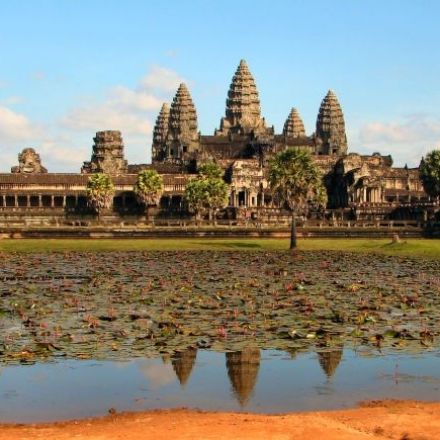
In the early Middle Ages, nearly one out of every thousand people in the world lived in Angkor, the sprawling capital of the Khmer Empire in present-day Cambodia. But by the 1500s, Angkor had been mostly abandoned—its temples, citadels, and complex irrigation network left to overgrowth and ruin. Recent studies have blamed a period of unstable climate in which heavy floods followed lengthy droughts, which broke down the infrastructure that moved water around the massive city.
Continue reading...

No comments:
Post a Comment